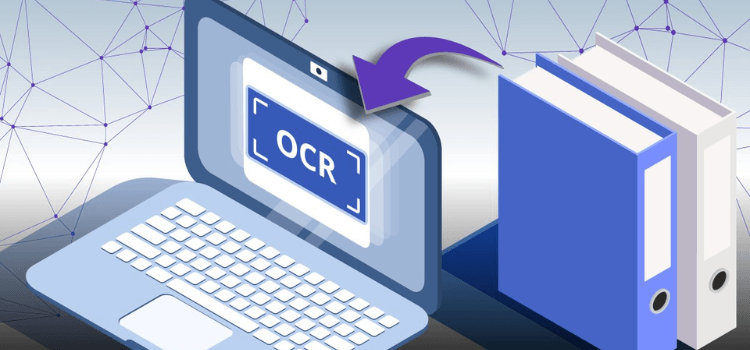A Quick Dive into OCR’s Origins
When you think about OCR, which stands for Optical Character Recognition, it might seem like some tech-savvy innovation from recent years. However, the genesis of this marvel dates back to the days of the early 20th century. Initially, the pioneers crafted it as a tool to make reading accessible for those with visual impairments.
As our world took steps from typewriters to computers, the need to transform tangible paperwork into a digital format became more palpable. Hence, OCR started gaining momentum, evolving speedily, and its precision got honed with time.

The Big Leaps of OCR Over the Years
The later part of the 1970s and the entirety of the 1980s was like a renaissance for OCR. With innovative algorithms making their way into systems, the text recognition game was changing. The subsequent decade saw these algorithms maturing, expanding their realms to embrace varied fonts and linguistic nuances.
The new century brought in a wave of technological nuances. With artificial intelligence and machine learning entering the arena, OCR began to grasp contexts, spot patterns, and cut down errors. Today, it’s not a surprise when OCR tools boast of near-perfect accuracy rates.
The Many Hats OCR Wears Today
The Corporate World and Governance
From easing the tedious task of data inputs to breathing life into ancient paper trails, OCR is the silent workforce behind many modern businesses. Financial institutions leverage it for cheque processing, and medical establishments are turning to it to preserve patient histories in digital vaults.
The Academic Halls and Research Labyrinths
The academia and research folks aren’t far behind in utilizing OCR. Whether it’s digitizing a centuries-old manuscript or a research paper for easy reference and searches, OCR is at the forefront. Libraries globally are using OCR magic to digitize history for future generations.
Everyday Joe and Jane
Got an old handwritten letter you wish was digital? Or perhaps, a catchy billboard quote you clicked? For such personal tasks, there are tools like OnlineOCR, a handy image to text converter, that make digitization a breeze.
OCR: A Torchbearer for Inclusion and Accessibility
The true spirit of OCR was always about enhancing access. For those with visual challenges, OCR has been nothing short of a magic wand. They now have the freedom to convert printed treasures into formats they can consume, be it audio or Braille.
The world is becoming a global village, but language can sometimes be a barrier. Enter OCR, paired with translation tools. A French document can now be scanned, recognized, and swiftly translated to Japanese. This seamless blend of OCR and translation is making the world a tad smaller, and a lot more connected.
The Roadblocks and the Horizon Beyond
OCR, despite its prowess, has its set of challenges. Recognizing intricately designed documents, like multi-columned newspapers with varying fonts, can be a puzzle.
The future seems bright with deep learning and neural networks promising to fuse with OCR. This amalgamation can push accuracy boundaries, especially with tricky handwritten notes and jumbled layouts. It seems like OCR’s best days are yet to come!
Wrapping Up: OCR’s Marvelous Odyssey
From its rudimentary days to now being a pivotal part of our digital world, OCR has indeed come a long way. As we continue to weave it into our daily tapestry, one thing is clear: OCR is not just tech; it’s transformational.






Leave a Reply